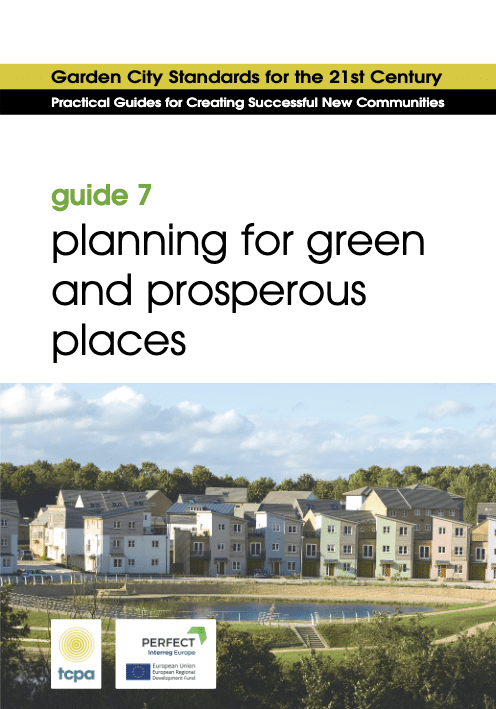The original Garden Cities were, as their name suggests, designed to be green – places in which people could live in homes with gardens, take exercise in local green spaces, and grow food. Today, the networks of street trees, parks, gardens and allotments found in the original Garden Cities would be described as ‘green infrastructure’. In the early 20th century, when the first Garden City was planned at Letchworth, the term ‘green infrastructure’ was not used, but the benefits of green urban environments were fully appreciated. Garden Cities were designed to be healthy places in which to live, unlike the rapidly expanding industrial cities that had become increasingly overcrowded, polluted, and unhealthy. In addition, we are starting to understand how important green infrastructure is for reducing the effects of climate change. Investing in good-quality green infrastructure makes sound economic sense. Its multiple benefits, including improved public health, better air quality and sustainable drainage, provide good value for money. Places with high-quality green infrastructure attract investment, skilled workers, tourists, and economic activity.
This Practical Guide, published with the support of the Lady Margaret Paterson Osborn Trust, GreenBlue Urban and the PERFECT project, is intended for anyone involved in creating a new large-scale development – whether or not it is described as a ‘Garden City’ – although it is primarily aimed at people working on Garden Cities, ‘garden towns’, and ‘garden villages’. It provides a snapshot of current thinking the current policy context and alerts readers to new ideas and sources of information, and it sets out principles for success in planning for green infrastructure in new developments.

